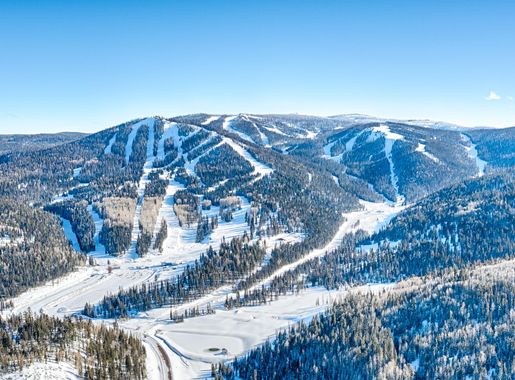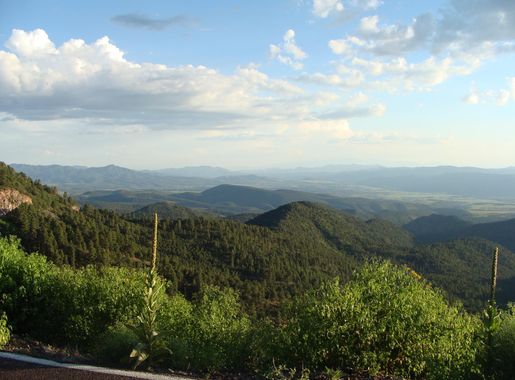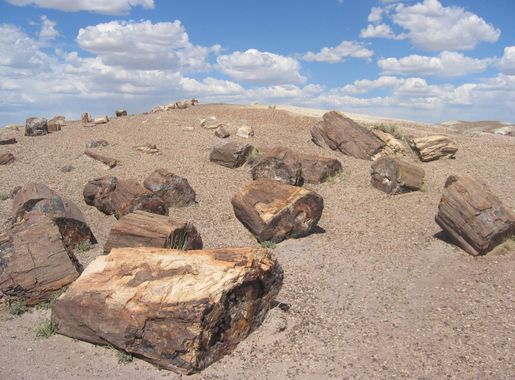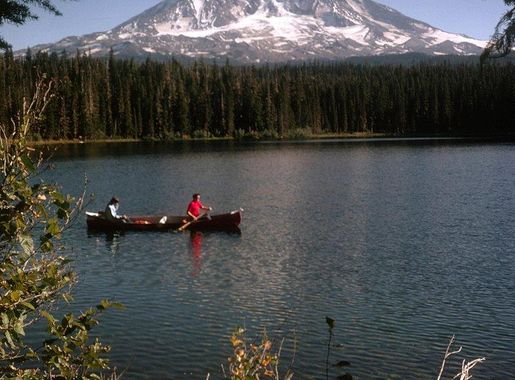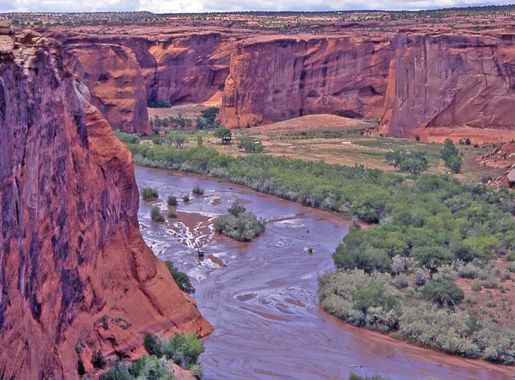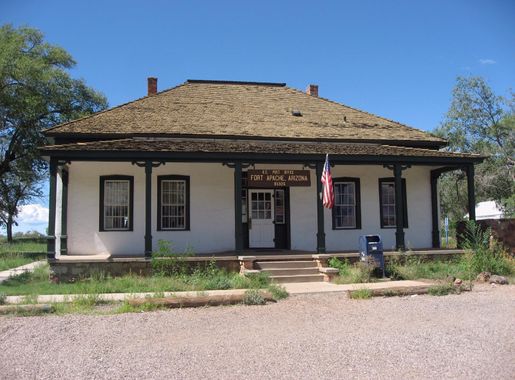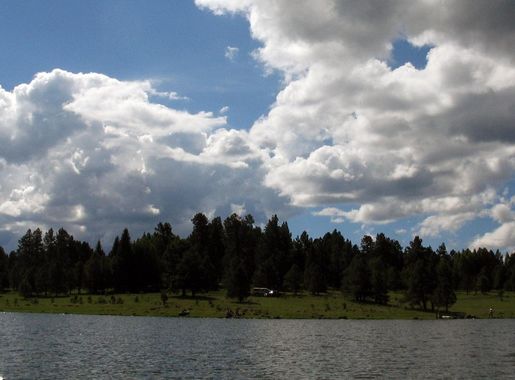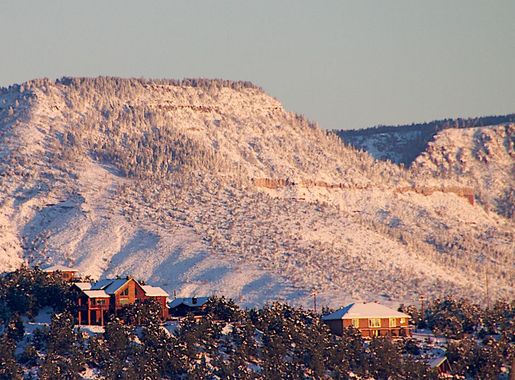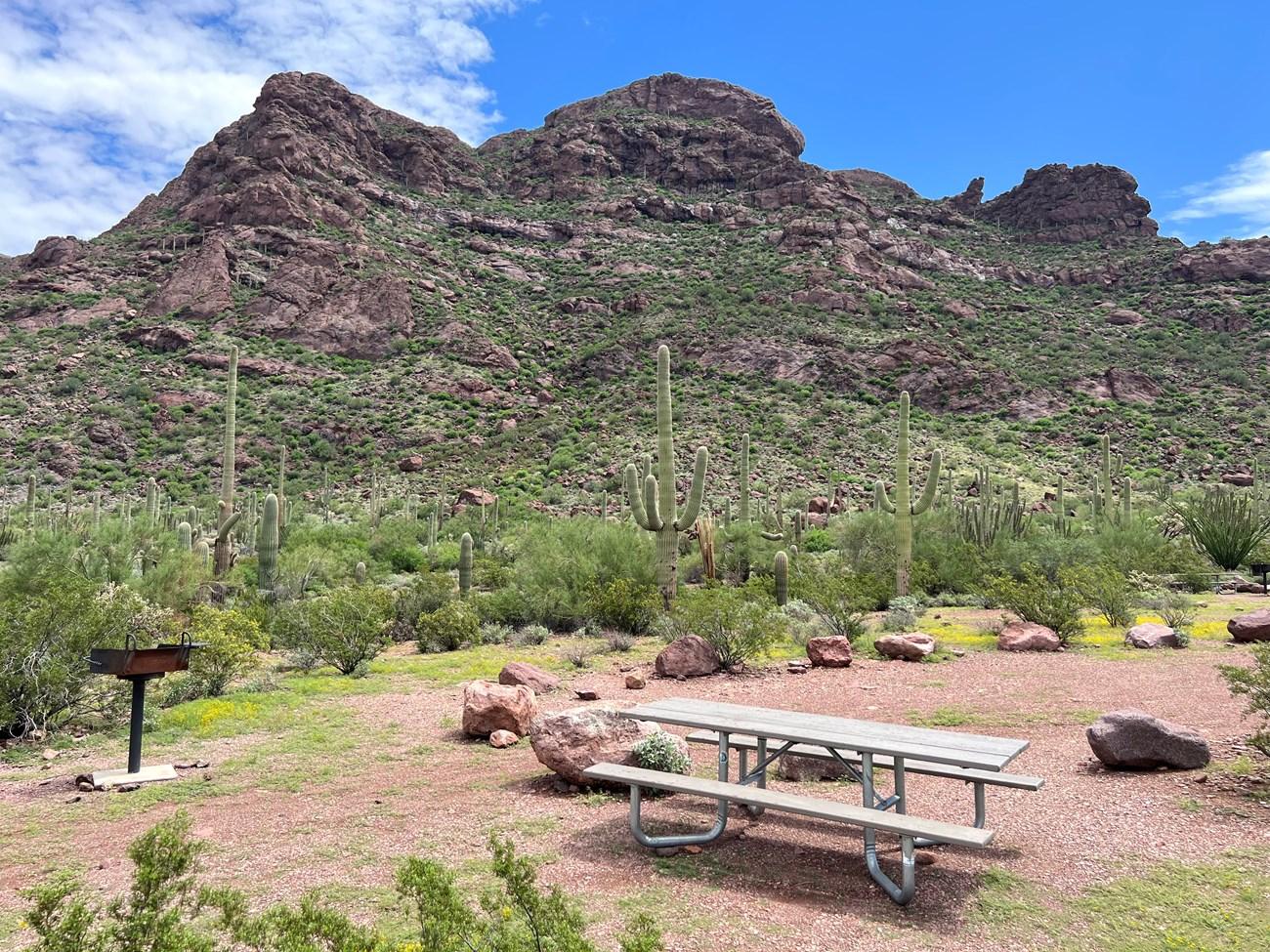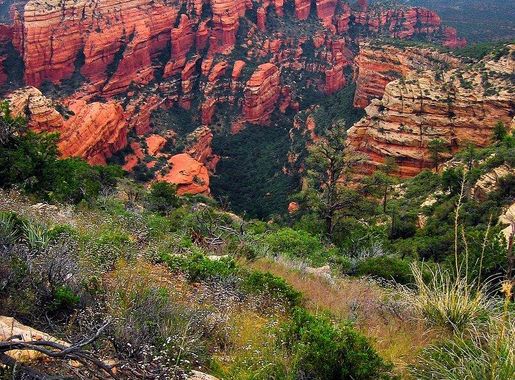
Exploring the Serene White Mountains of Arizona
Discover the White Mountains in Arizona: A year-round destination with stunning scenery, outdoor adventure, and rich cultural history, perfect for nature lovers and explorers.
Nestled in the eastern part of Arizona, the White Mountains offer a tranquil escape from the hustle and bustle of everyday life. This majestic range, covered with dense forests and dotted with pristine lakes, is a haven for nature lovers and adventure seekers alike. The area is rich in cultural history, providing a unique blend of natural beauty and intriguing heritage. Outdoor enthusiasts will find an abundance of activities to enjoy throughout the year. In the summer, hiking and fishing are popular, with numerous trails and waterways to explore. The winter transforms the region into a wonderland for skiing and snowboarding, drawing visitors to its snowy slopes. The White Mountains are also home to a variety of wildlife, making it a great destination for birdwatching and wildlife photography. The cool mountain air and picturesque landscapes create the perfect backdrop for a relaxing getaway or an adventurous vacation. Don't miss the chance to visit nearby attractions such as the Petrified Forest National Park and the Apache-Sitgreaves National Forest. These spots offer even more opportunities to connect with nature and immerse yourself in the serene beauty of Arizona's White Mountains.
Local tips in White Mountains
- Pack layers of clothing. The weather can change quickly in the mountains, so be prepared for both warm and cold conditions.
- Bring a high SPF sunscreen. The elevation means you can burn more easily, even on cloudy days.
- Check trail conditions before you hike. Some trails can be closed due to weather or maintenance.
- Visit during the fall for stunning foliage. The colors are breathtaking and make for great photographs.
- Book accommodations in advance during peak seasons. The area is popular and lodging can fill up quickly.
Exploring the Serene White Mountains of Arizona
Nestled in the eastern part of Arizona, the White Mountains offer a tranquil escape from the hustle and bustle of everyday life. This majestic range, covered with dense forests and dotted with pristine lakes, is a haven for nature lovers and adventure seekers alike. The area is rich in cultural history, providing a unique blend of natural beauty and intriguing heritage. Outdoor enthusiasts will find an abundance of activities to enjoy throughout the year. In the summer, hiking and fishing are popular, with numerous trails and waterways to explore. The winter transforms the region into a wonderland for skiing and snowboarding, drawing visitors to its snowy slopes. The White Mountains are also home to a variety of wildlife, making it a great destination for birdwatching and wildlife photography. The cool mountain air and picturesque landscapes create the perfect backdrop for a relaxing getaway or an adventurous vacation. Don't miss the chance to visit nearby attractions such as the Petrified Forest National Park and the Apache-Sitgreaves National Forest. These spots offer even more opportunities to connect with nature and immerse yourself in the serene beauty of Arizona's White Mountains.
When is the best time to go to White Mountains?
Unmissable attractions to see
Apache-Sitgreaves National Forests
Explore the vast and scenic Apache-Sitgreaves National Forests in Arizona, where adventure meets natural beauty, perfect for every outdoor enthusiast.
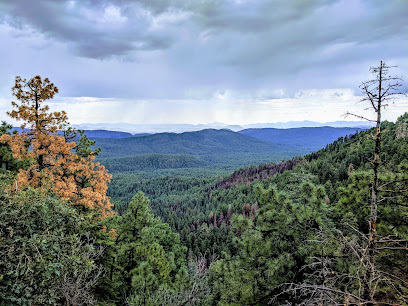
Fool Hollow Lake Recreation Area
Explore the breathtaking landscapes of Fool Hollow Lake Recreation Area, a premier destination for outdoor adventure in Show Low, Arizona.
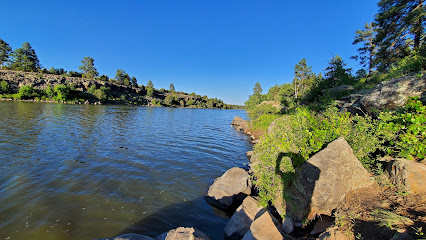
Sunrise Park Resort
Discover the thrill of skiing and snowboarding at Sunrise Park Resort, a premier winter destination in the stunning White Mountains of Arizona.
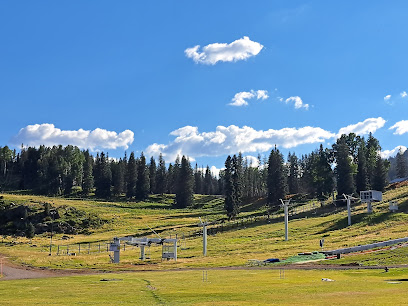
Woodland Lake Park
Explore the beauty and tranquility of Woodland Lake Park in Lakeside, Arizona, a perfect escape for nature lovers and outdoor enthusiasts.
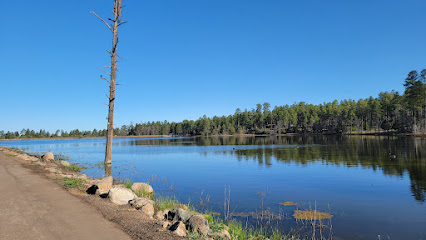
White Mountain Family Fun Park
Experience the joy of adventure at White Mountain Family Fun Park, Arizona’s ultimate amusement destination for family fun and excitement.
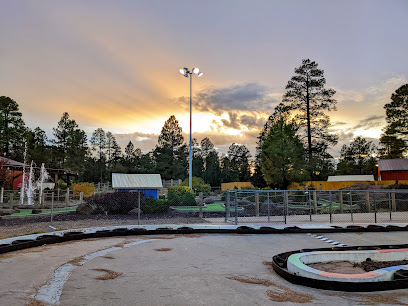
White Mountain Nature Center
Explore the breathtaking beauty and educational wonders of the White Mountain Nature Center in Pinetop-Lakeside, Arizona.
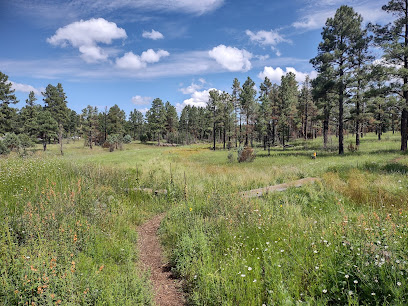
Casa Malpais Archaeological Park & Museum
Explore the rich heritage of Arizona at Casa Malpais Archaeological Park & Museum, where ancient ruins and artifacts tell the story of Native American cultures.
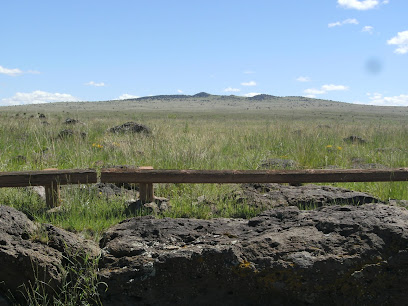
Thompson Trail #629
Explore the serene landscapes and breathtaking views of Thompson Trail #629 in Greer, Arizona, a premier hiking destination for nature lovers.
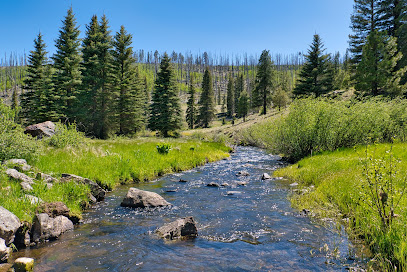
West Baldy Trailhead
Discover the serene beauty of West Baldy Trailhead in Greer, Arizona, where breathtaking hiking trails await amidst stunning mountain landscapes.
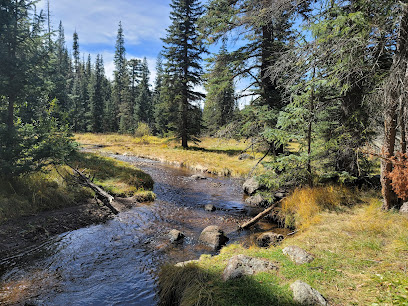
Butterfly Lodge Museum
Explore the enchanting Butterfly Lodge Museum in Greer, Arizona, where nature and education blend in a colorful celebration of butterflies.
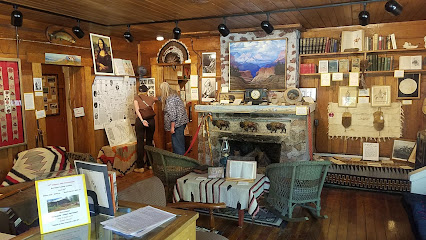
White Mountain Dinosaur Exploration Center
Explore the White Mountain Dinosaur Exploration Center for an unforgettable journey into the prehistoric world filled with engaging exhibits and interactive fun.
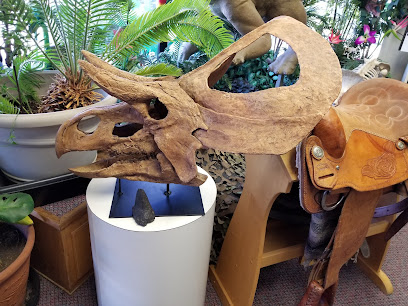
Mount Baldy Wilderness
Explore the stunning Mount Baldy Wilderness in Arizona, where breathtaking views, diverse wildlife, and adventurous trails await your discovery.
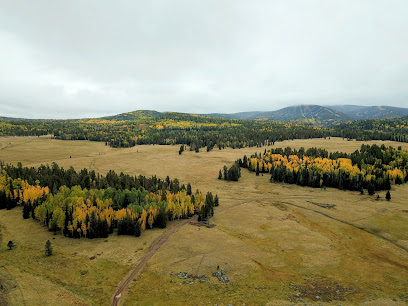
White Mountain Historical Society
Explore the rich heritage of Springerville at the White Mountain Historical Society, a captivating history museum celebrating local culture and history.

White Mountains Trail System
Explore the breathtaking beauty of the White Mountains Trail System in Arizona, offering diverse hiking trails and stunning natural landscapes for all adventurers.
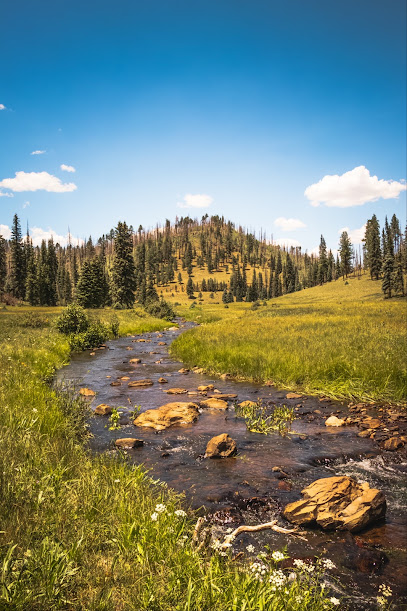
Essential places to dine
Molly Butler Lodge & Restaurant
Discover culinary excellence at Molly Butler Lodge & Restaurant in Greer - where New American cuisine meets rustic charm.
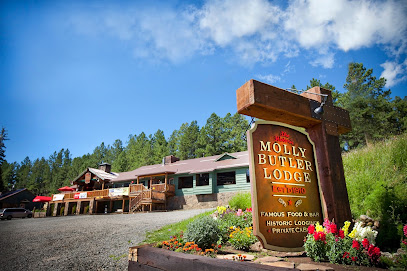
Rendezvous Diner
Discover Rendezvous Diner: A charming spot in Greer, AZ serving delicious American comfort food amidst breathtaking mountain views.
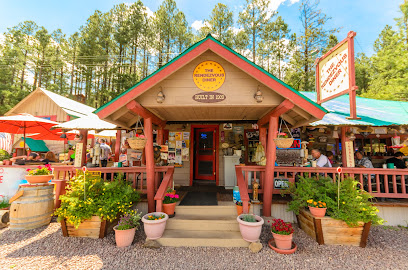
Café Gozhóó
Discover Café Gozhóó: A Culinary Journey Through Authentic Native American Flavors in Whiteriver, Arizona.
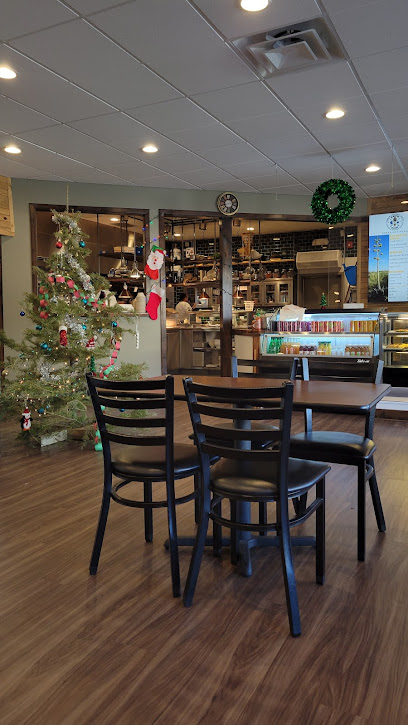
Markets, malls and hidden boutiques
Goldfield Ghost Town and Mine Tours Inc.
Experience the allure of the Wild West at Goldfield Ghost Town, a historic mining town offering guided tours, shopping, and stunning views in Arizona.
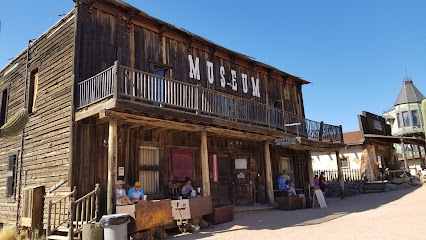
Apache-Sitgreaves National Forests
Explore the breathtaking landscapes and rich biodiversity of Apache-Sitgreaves National Forests, Arizona's premier outdoor destination for nature lovers.
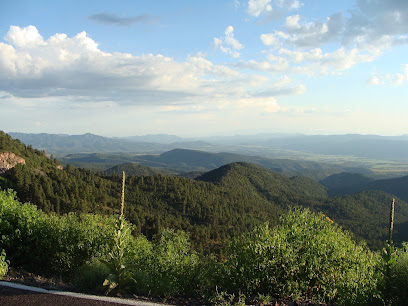
Colossal Cave Mountain Park
Explore the majestic Colossal Cave Mountain Park in Arizona, where adventure meets nature in a stunning landscape.
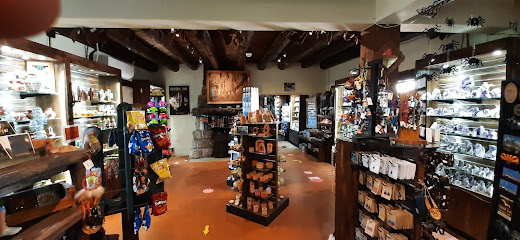
Ross Dress for Less
Uncover budget-friendly fashion treasures at Ross Dress for Less in Show Low, Arizona, where every shopper can find unique styles and great deals.

Jim Gray's Petrified Wood Co
Explore the stunning petrified wood and geological wonders at Jim Gray's Petrified Wood Co in Holbrook, Arizona, a must-visit for nature lovers.
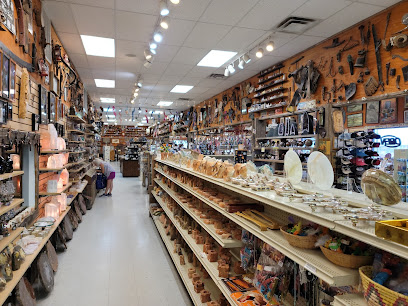
Sportsman's Warehouse
Discover your adventure at Sportsman's Warehouse, the ultimate outdoor sports store in Show Low, Arizona, for all your hunting, fishing, and sporting needs.

Trump Store
Explore the Trump Store in Show Low for unique fashion accessories and themed memorabilia, perfect for every style enthusiast.
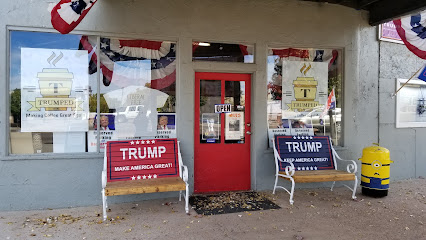
White Mountain Village
Experience the perfect blend of shopping and nature at White Mountain Village, where local craftsmanship meets stunning Arizona landscapes.

White Mountain Jewelers
Explore unique handcrafted jewelry at White Mountain Jewelers, Show Low's local gem for exquisite designs and exceptional service.
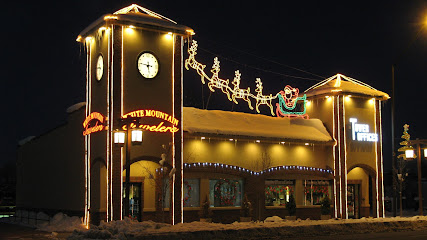
Old Town Artisans | Downtown Tucson Shops
Explore Old Town Artisans in Tucson for unique handcrafted gifts and vibrant local art that embodies the spirit of Arizona.
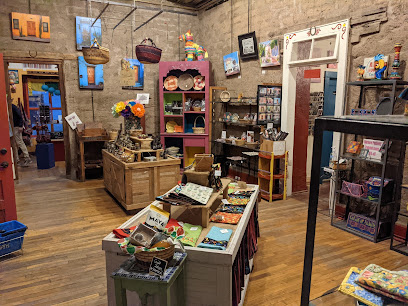
Curious Nature
Discover unique, nature-inspired gifts and decor at Curious Nature, the enchanting store in Phoenix, Arizona, perfect for nature lovers and shoppers alike.
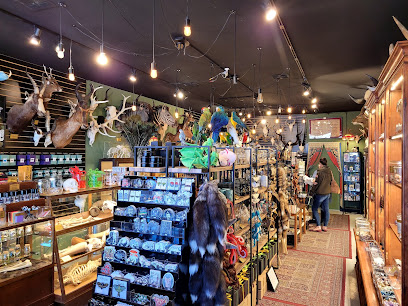
Tackle Shop
Explore Alpine, AZ's Tackle Shop for your fishing needs, offering expert advice and top-notch gear in a breathtaking mountain setting.
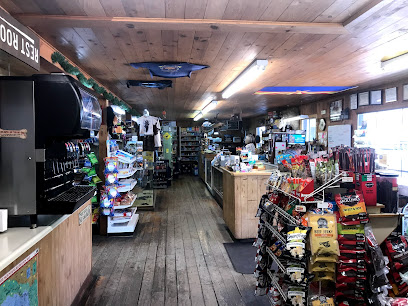
The Beverage House
Discover a vibrant selection of spirits and a cozy bar atmosphere at The Beverage House in Pinetop, perfect for relaxing after outdoor adventures.

Big 5 Sporting Goods
Explore the great outdoors with top-quality gear from Big 5 Sporting Goods in Show Low, Arizona, your one-stop shop for all sporting needs.

The Burly Bear
Discover unique home goods and local craftsmanship at The Burly Bear in Pinetop, Arizona, where charm meets quality.
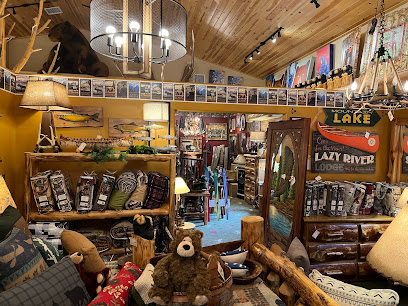
Essential bars & hidden hideouts
Darbi's Cafe
Experience the charm of Darbi's Cafe in Pinetop, AZ - your go-to spot for delicious American breakfast in a cozy setting, perfect for a morning getaway!
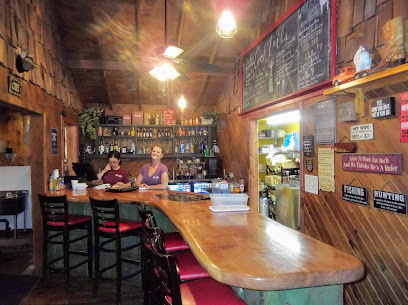
The House
Discover the warmth of The House, a family-friendly restaurant in Show Low, Arizona, offering a delightful menu in a charming atmosphere.
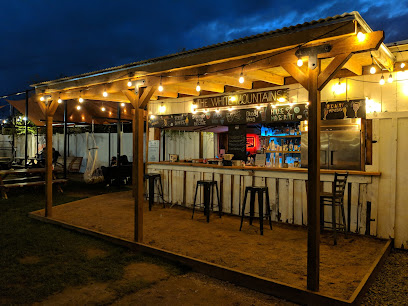
Cattlemen's Steakhouse & Lounge
Experience the best prime rib and a cozy lounge atmosphere at Cattlemen's Steakhouse & Lounge in Show Low, Arizona.
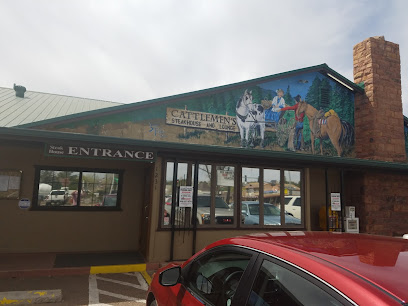
Red Devil Restaurant & Bar
Experience authentic Italian cuisine at Red Devil Restaurant & Bar in Pinetop-Lakeside, where family-friendly dining meets delightful flavors.

Mr. Zeke’s Restaurant
Discover the best of American comfort food at Mr. Zeke's Restaurant in Pinetop-Lakeside, Arizona, where every meal feels like home.
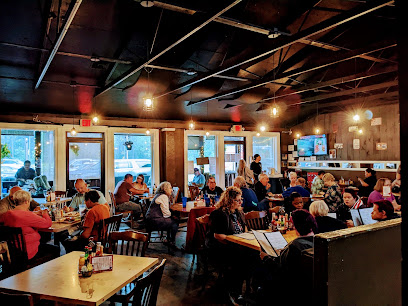
The Lion's Den Bar & Grill
The Lion's Den Bar & Grill in Pinetop offers a perfect blend of delicious food, refreshing drinks, and live music for an unforgettable dining experience.
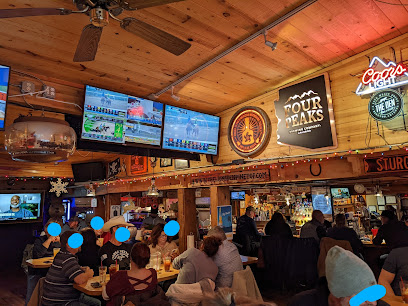
Trailriders Family Restaurant & Bar
Experience the heart of American cuisine at Trailriders Family Restaurant & Bar in Eagar, AZ, where hearty meals and warm hospitality await.
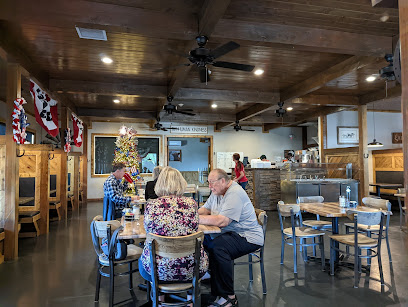
Molly Butler Lodge & Restaurant
Experience the taste of Arizona at Molly Butler Lodge & Restaurant, where rustic charm meets exceptional New American cuisine in Greer.
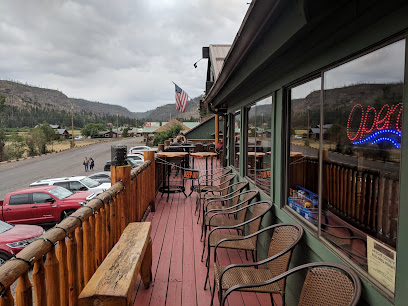
Wild Women Saloon and Grill
Explore the heart of Heber-Overgaard at Wild Women Saloon and Grill, where hearty American fare meets a lively Western atmosphere.
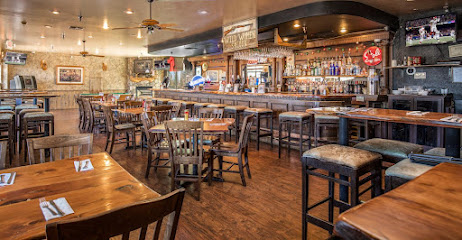
Mountain View Pub
Experience the best of Irish cuisine and American grill favorites at Mountain View Pub in the heart of Cave Creek, Arizona.
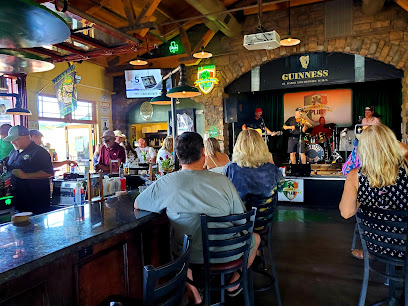
Buffalo Bill's Tavern & Museum
Delve into American history while savoring delicious cuisine at Buffalo Bill's Tavern & Museum in Show Low, AZ.
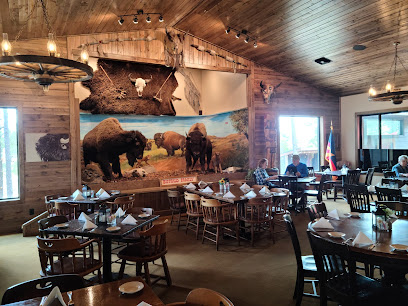
Moose Henris Grille Cork and Taps
Discover the culinary delights of Moose Henris Grille Cork and Taps, where flavorful grilled dishes and a vibrant atmosphere await in Pinetop-Lakeside, Arizona.
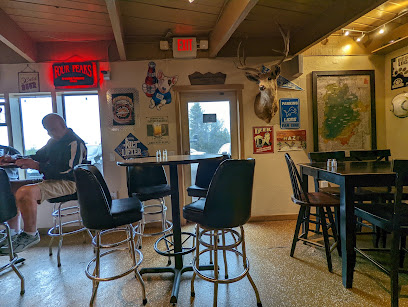
Safire Restaurant & Lounge
Discover the flavors of Springerville at Safire Restaurant & Lounge—where delicious cuisine meets inviting ambiance.
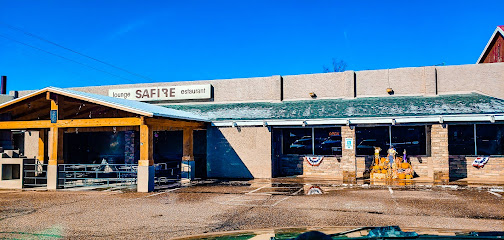
The Lodge Sports Bar & Grill
Discover the ultimate sports bar experience at The Lodge Sports Bar & Grill in Pinetop, AZ, where great food and live sports come together.
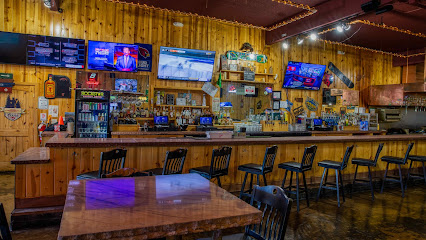
El Patron Mexican Grill
Experience the authentic taste of Mexico at El Patron Mexican Grill in Pinetop-Lakeside, where fresh ingredients meet traditional recipes.
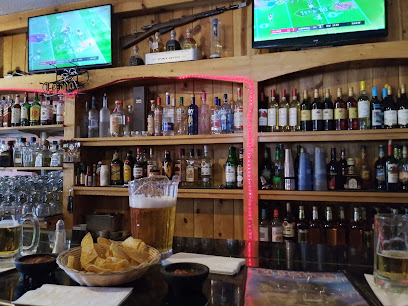
Local Phrases about White Mountains
-
- HelloYa'at'eeh
[yah-ah-tay] - GoodbyeHa'go'nee
[haa-goh-nee] - YesAhe'
[ah-hay] - NoT'aa
[taah] - Please/You're welcomeNizhoní
[knee-zho-nee] - Thank youAhéhee'
[ah-hay-hay] - Excuse me/SorryOooz oo
[oohz-ooh] - How are you?Aniin
[ah-neen] - Fine. And you?Dóó shí
[doh-shee] - Do you speak English?Shima sani
[shee-mah sah-nee] - I don't understandDíí baa alní
[dee baa al-nee]
- HelloYa'at'eeh
-
- I'd like to see the menu, pleaseBaa hózhǫ́, késhmish
[baah hoh-zhoh, keh-shmeesh] - I don't eat meatT'éí yá'át'ééh
[tay-yee yah-ah-tay] - Cheers!A'he'hee'
[ah-hay-hay] - I would like to pay, pleaseBaa hózhǫ́, késhmish
[baah hoh-zhoh, keh-shmeesh]
- I'd like to see the menu, pleaseBaa hózhǫ́, késhmish
-
- Help!Yá'át'ééh
[yah-ah-tay] - Go away!Ndaa'
[nuh-dah] - Call the Police!Ndaa'
[nuh-dah] - Call a doctor!Ndaa'
[nuh-dah] - I'm lostNdaa'
[nuh-dah] - I'm illNdaa'
[nuh-dah]
- Help!Yá'át'ééh
-
- I'd like to buy...Baa hózhǫ́, késhmish
[baah hoh-zhoh, keh-shmeesh] - I'm just lookingCh'il hada'íí
[cheel ha-dah-ee] - How much is it?T'áá hwó' ají t'éego
[taah hwoh ah-hee tay-go] - That's too expensiveT'áá hwó' ajít'éego
[taah hwoh ah-hee-tay-go] - Can you lower the price?T'áá hwó' ajít'éego
[taah hwoh ah-hee-tay-go]
- I'd like to buy...Baa hózhǫ́, késhmish
-
- What time is it?T'áá hwó' ají t'éego
[taah hwoh ah-hee tay-go] - It's one o'clockT'áá hwó' ají t'éego
[taah hwoh ah-hee tay-go] - Half past (10)T'áá hwó' ají t'éego
[taah hwoh ah-hee tay-go] - MorningT'áá hwó' ají t'éego
[taah hwoh ah-hee tay-go] - AfternoonT'áá hwó' ají t'éego
[taah hwoh ah-hee tay-go] - EveningT'áá hwó' ají t'éego
[taah hwoh ah-hee tay-go] - YesterdayT'áá hwó' ají t'éego
[taah hwoh ah-hee tay-go] - TodayT'áá hwó' ají t'éego
[taah hwoh ah-hee tay-go] - TomorrowT'áá hwó' ají t'éego
[taah hwoh ah-hee tay-go] - 1Díí
[dee] - 2Náhást'éí
[nah-hah-steh-ee] - 3T'áá
[taah] - 4Dį́į́'
[dee-ee] - 5Ashdla'
[ah-sh-dlah] - 6Hastą́ą́
[hah-stah-nah] - 7Tseebíí
[tseh-bee-ee] - 8Tsiní
[tsih-nee] - 9Tł'oh
[tloh] - 10Néí
[nay]
- What time is it?T'áá hwó' ají t'éego
-
- Where's a/the...?Ha'é
[hah-eh] - What's the address?Ha'é
[hah-eh] - Can you show me (on the map)?Ha'é
[hah-eh] - When's the next (bus)?Ha'é
[hah-eh] - A ticket (to ....)Ha'é
[hah-eh]
- Where's a/the...?Ha'é
History of White Mountains
-
The White Mountains of Arizona were home to the Mogollon culture, a prehistoric Native American people who flourished from approximately 200 AD to 1400 AD. The Mogollon were known for their advanced agricultural practices, intricate pottery, and cliff dwellings. Archaeological sites in the region, such as the Kinishba Ruins, offer a glimpse into their sophisticated society and lifestyle.
-
In the 19th century, the White Mountains became a stronghold for the Chiricahua Apache, a Native American tribe known for their fierce resistance against encroachment by settlers and the U.S. military. Leaders like Cochise and Geronimo used the rugged terrain to their advantage, staging guerrilla warfare campaigns from their mountain hideouts. The region’s history is deeply intertwined with the legacy of these resilient warriors.
-
Established in 1870, Fort Apache served as a critical military outpost during the Apache Wars. The fort was instrumental in the U.S. Army's efforts to subdue the Apache resistance. Today, the site is preserved as a National Historic Landmark, offering visitors a chance to explore its well-preserved buildings and learn about the tumultuous period of the Indian Wars.
-
In the late 19th and early 20th centuries, the lush forests of the White Mountains attracted the timber industry. Logging became a significant economic driver, with companies establishing sawmills and logging camps throughout the region. The town of McNary, originally named Cooley, was founded as a logging camp and became a hub for the timber industry. Remnants of this era can still be seen in the region’s historic buildings and abandoned mill sites.
-
By the mid-20th century, the White Mountains began transforming into a popular destination for tourism and recreation. The establishment of the Apache-Sitgreaves National Forests in 1908 and the development of recreational facilities such as the Sunrise Park Resort in the 1970s played crucial roles in this transformation. The area's natural beauty, combined with opportunities for skiing, hiking, and fishing, continues to draw visitors from around the world.
-
Today, the White Mountains are home to the White Mountain Apache Tribe, who manage the Fort Apache Indian Reservation. The tribe has been instrumental in preserving the cultural and historical heritage of the region. The Fort Apache Historic Park and the annual Apache Song and Dance Festival are just a few examples of how the tribe celebrates and shares their rich history with visitors.
White Mountains Essentials
-
The White Mountains in Arizona are accessible by car, bus, or plane. The nearest major airport is Phoenix Sky Harbor International Airport, approximately 200 miles away. From Phoenix, you can rent a car or take a shuttle service to the White Mountains. Another option is the Show Low Regional Airport, which offers limited commercial flights and is much closer. If you prefer public transportation, Greyhound buses operate routes to Show Low, from where you can rent a car or use local transport to explore the area.
-
Within the White Mountains, the most convenient mode of transport is a car, allowing you to explore remote areas and scenic routes at your own pace. Local taxi services and ride-sharing apps like Uber and Lyft are also available, mainly around towns like Show Low and Pinetop-Lakeside. Public buses operate in some areas but may not cover all tourist attractions. For the adventurous, biking and hiking are great ways to see the region up close.
-
The official currency is the US Dollar (USD). Credit and debit cards are widely accepted in most hotels, restaurants, and shops. However, it is advisable to carry some cash, especially when visiting rural areas or local markets. ATMs are available in towns like Show Low and Pinetop-Lakeside, but availability may be limited in more remote areas.
-
The White Mountains are generally safe for tourists, but it is essential to take standard precautions. Avoid leaving valuables in your car and be cautious when hiking or exploring remote areas. There are no specific high-crime areas targeting tourists, but it's always wise to stay vigilant and aware of your surroundings. Wildlife encounters are possible; always follow local guidelines for wildlife safety.
-
In case of emergency, dial 911 for immediate assistance. Local hospitals and medical facilities are available in towns like Show Low and Pinetop-Lakeside. It is highly recommended to have travel insurance that covers medical emergencies. For minor health issues, there are several pharmacies where you can purchase over-the-counter medications.
-
Fashion: Dress in layers to adapt to changing weather conditions. Wear comfortable shoes for hiking. Religion: Respect local customs and traditions. Some areas may have sacred sites; always ask for permission before entering. Public Transport: Be respectful and courteous. Offer your seat to elderly passengers. Greetings: A simple 'hello' or 'hi' is common, and a handshake is standard for formal introductions. Eating & Drinking: Try local dishes and support local businesses. Don't litter; always dispose of trash properly.
-
To experience the White Mountains like a local, visit the local farmers' markets where you can buy fresh produce and handmade goods. Engage with the locals; they are often friendly and eager to share stories about the area's history and culture. Don't miss hiking the Mogollon Rim or fishing in the numerous lakes and rivers. For a unique experience, visit during the annual White Mountain Apache Tribe's celebration events to learn about native culture and traditions.
Nearby Cities to White Mountains
-
Things To Do in Gallup
-
Things To Do in Gilbert
-
Things To Do in Mesa
-
Things To Do in Chandler
-
Things To Do in Scottsdale
-
Things To Do in Tempe
-
Things To Do in Tucson
-
Things To Do in Sedona
-
Things To Do in Truth or Consequences
-
Things To Do in Phoenix
-
Things To Do in Flagstaff
-
Things To Do in Socorro
-
Things To Do in Prescott
-
Things To Do in Bisbee
-
Things To Do in Albuquerque

